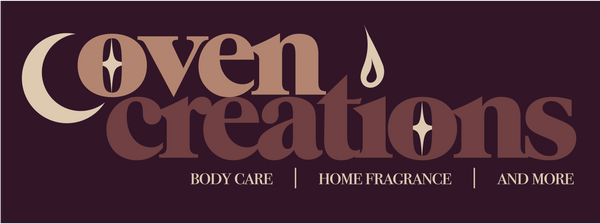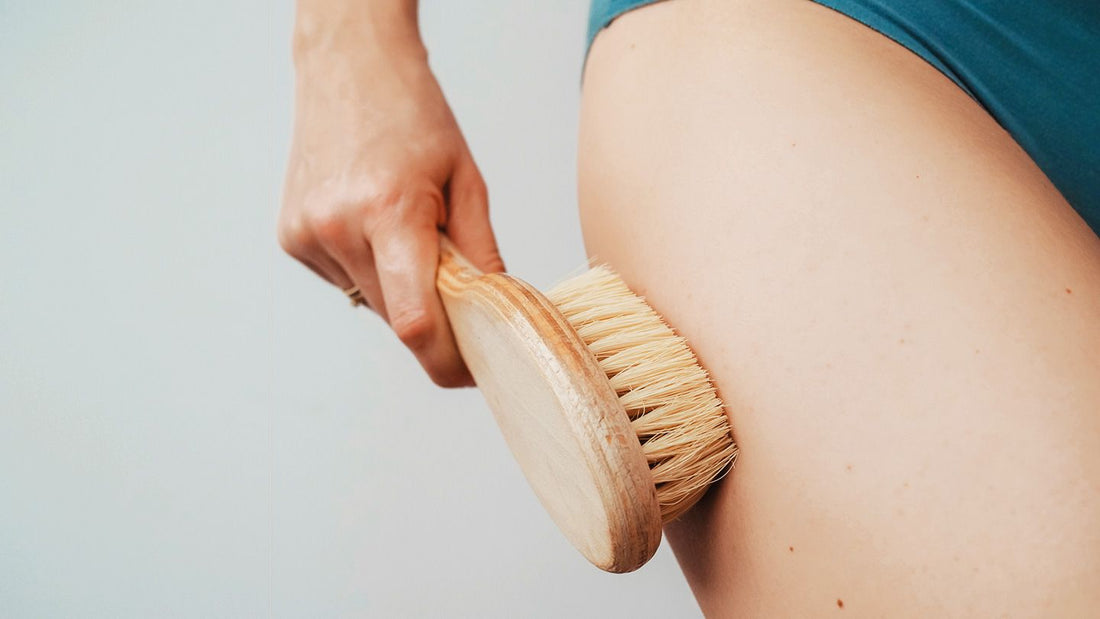Dry brushing is an ancient practice that has recently gained popularity in the wellness world. This technique involves using a dry brush made of natural bristles to gently exfoliate the skin and stimulate the lymphatic system. Although dry brushing has been around for centuries, many people are still unaware of its many benefits.
Here are a few reasons why dry brushing is good for you:
- Exfoliates the skin: Dry brushing removes dead skin cells from the surface of the skin, leaving it smoother and softer.
- Stimulates lymphatic drainage: The lymphatic system is responsible for removing waste and toxins from the body. Dry brushing stimulates the lymphatic system, promoting detoxification and reducing inflammation.
- Increases circulation: Dry brushing increases blood flow to the skin, promoting a healthy glow.
- Reduces cellulite: Although there is no cure for cellulite, dry brushing can help reduce its appearance by stimulating circulation and lymphatic drainage.
- Relieves stress: Dry brushing can be a relaxing and meditative practice, helping to reduce stress and promote relaxation.
If you're interested in trying dry brushing, here are some instructions to get you started:
- Choose a dry brush made of natural bristles. Synthetic bristles can be too harsh on the skin.
- Start at your feet and work your way up your body, brushing in long, sweeping motions toward your heart.
- Use gentle pressure and avoid brushing too hard, as this can irritate the skin.
- Avoid sensitive areas, such as the face and neck.
- After dry brushing, take a shower or bath to wash away the dead skin cells.
Although dry brushing has many benefits, there are also some downsides to be aware of. Here are a few potential risks and how to avoid them:
- Skin irritation: If you have sensitive skin, dry brushing may cause redness, irritation, or even bleeding. To avoid this, use gentle pressure and avoid brushing over any areas that are already irritated.
- Over-exfoliation: Dry brushing should only be done once or twice a week. Excessive dry brushing can damage the skin, causing it to become dry, flaky, and irritated.
- Infection: If you share your dry brush with someone else, you risk spreading bacteria and infection. To avoid this, always use your own dry brush and wash it regularly.
- Not suitable for everyone: Dry brushing may not be suitable for people with certain skin conditions, such as eczema or psoriasis. If you have any concerns, speak to your dermatologist before trying dry brushing.
Dry brushing is a simple and effective way to promote healthy skin and lymphatic drainage. By following these instructions and being aware of the potential risks, you can safely incorporate dry brushing into your wellness routine.

